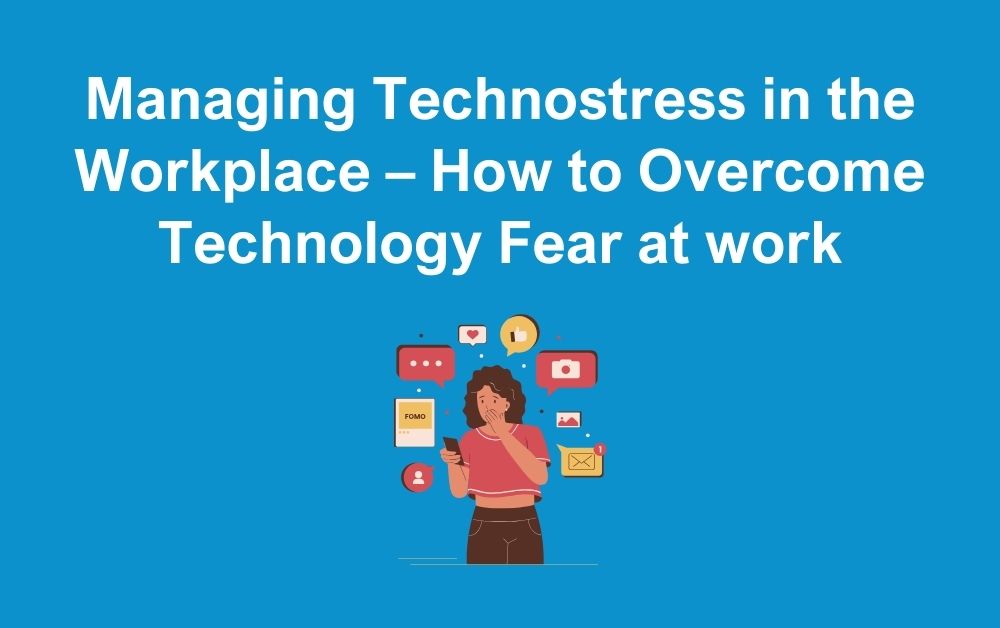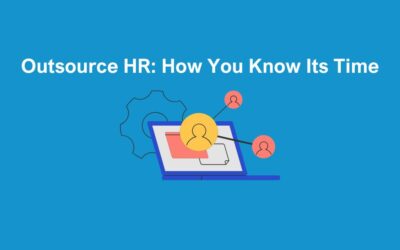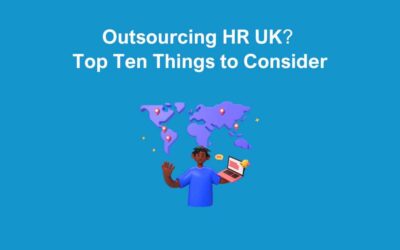Is your business a hive of technology, keen to make the most of latest developments in order to maximise efficiency and productivity?
If so, you might be surprised to learn that your staff are at risk from technostress, a relatively new term being coined to describe a very modern set of challenges.
We take a closer look at exactly what technostress is, and what steps you can take to manage it.
Understanding technostress
Stress balls aren’t enough! Stress need to be managed in the workplace
Technology is designed to make our lives easier, whether that’s in the workplace or the home, and there’s now a whole host of amazing gadgets capable of quite incredible tasks.
But rather ironically, the very technology which was intended to help is rapidly becoming a source of stress and pressure, with workers feeling as if they are unable to switch off.
Stress balls aren’t enough! Stress need to be managed in the workplace
The constant accessibility of work, through the mobile phone, internet and email means that employees no longer have that defining line between their job and their personal life. The competition to be the best means that there’s no such thing as switching off, and technology is enabling employees to push themselves harder and further than ever before.
As an employer you might think this sounds like a good thing, getting more bang for your buck, with staff willing to work longer hours at no extra cost.
However, studies show that quality suffers.
When employees are working excessive hours, or more importantly, feel like they can never switch off, they quickly start to become jaded and less productive, and also make mistakes. And in the digital age when communications can be sent instantly, a momentary slip can be very costly.
Pressured by innovation
Another way technostress manifests is by making employees feel harangued by the appearance of new apps or devices, rather than excited by the possibilities.
Almost as soon as they have learnt how one piece of technology works, then another arrives to take its place, starting the process all over again.
This creates a state of almost perpetual urgency where employees feel as if they are struggling against the tide trying to keep up with what they should know.
Appearances can be deceptive
Technostress can be a negative impact on your business in many ways, and can deny your employees the time and space to think creatively or to innovate.
The ability to respond immediately, and the expectation that they do so, means there’s no longer any time to take a more measured approach.
Employees spend an increasing amount of time batting away queries and dealing with superficial communication, rather than developing lasting business relationships which would yield far better returns.
There’s also the question of abuse; an employee who is always hooked up could be abusing company time, and using their resources for personal business.
How to manage it
Technostress needs to be managed by employers
HR is notoriously slow at managing these kinds of issues and all too often it’s because they fail to take advantage of the same technology that staff are using.
Talking to the IT department is a good first step to understand what MI is available, and how it can be used. This will allow you to identify the extent of the problem, and single out any individuals who you think may have a real issue.
Having a clear policy in place about use of the internet and limitations on working hours is essential. The employee who works long hours may feel resentful that their contribution isn’t being recognised and probably doesn’t realise that they would be more productive if they slashed the amount of extra time they spend toiling away.
Employees should be made to understand that working on holidays is not permitted, similarly, weekend or evening work from home too. IT restrictions should be put in place that not only prevents unauthorised use of certain sites, such as social media, but limits the times and locations from which an individual can work.
Conclusion
Technostress is a very real concern for the modern workplace but HR needs to take an active stance in order to prevent the problem escalating. Limiting the amount of extra work that employees can take on should be something that every company considers alongside wellness programmes designed to help with work/life balance.
For more information contact us at The HR Booth on 01383 668178 or email us at info@thehrbooth.co.uk







